Visitors to the Serralves Foundation in Portugal’s coastal city of Porto can now experience one of the country’s most celebrated cultural institutions from a whole new vantage point. The most recent addition to the 44-acre park—which counts the Art Deco Serralves Villa and the Alvaro Siza–designed Museum of Contemporary Art among its many attractions—the Treetop Walkway is an elevated boardwalk designed by Carlos Castanheira Architects that winds along an 820-foot-long circuit within a towering canopy of cedars and sequoia.
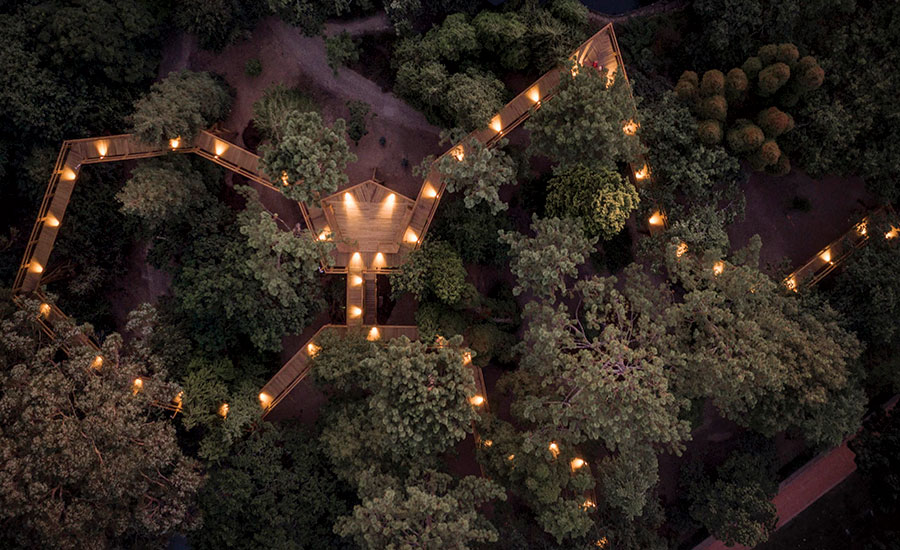
Photo © Fernando Guerra, click to enlarge.
Carlos Castanheira, founder and principal of the Porto-based firm, says he drew inspiration for this intervention from the densely forested landscape. “The idea was already on the site. I just needed to find it.” The serpentine pinewood walkway is supported by treelike pine piloti, which range from 4 to 75 feet in height, depending on where they are planted in the uneven topography. The architect describes the experience of viewing the ground from high above as conveying a sense of depth rather than height. “It’s almost as if it’s the land that escapes our feet,” he says.
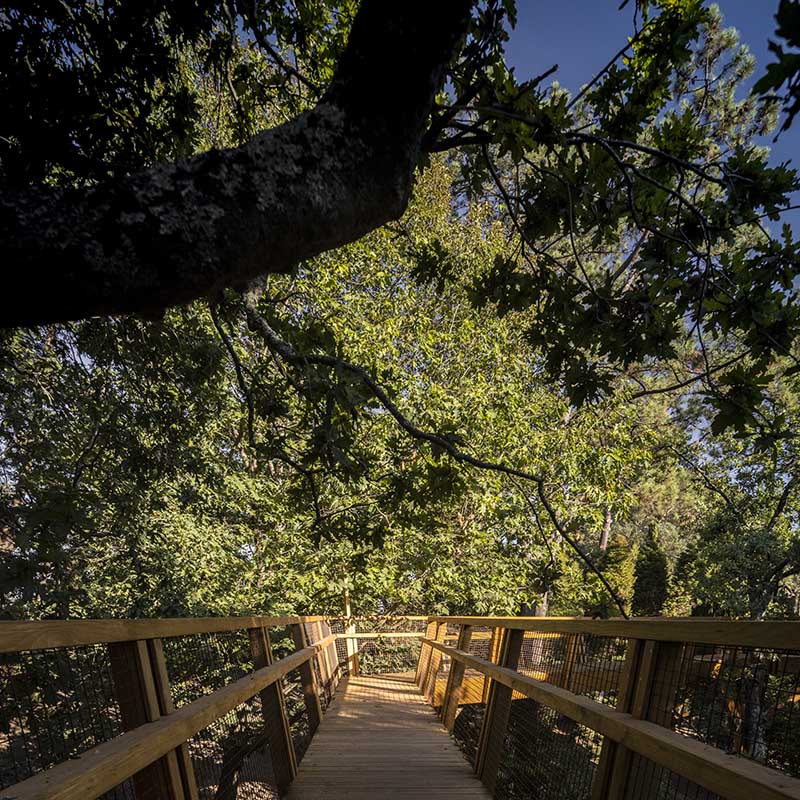
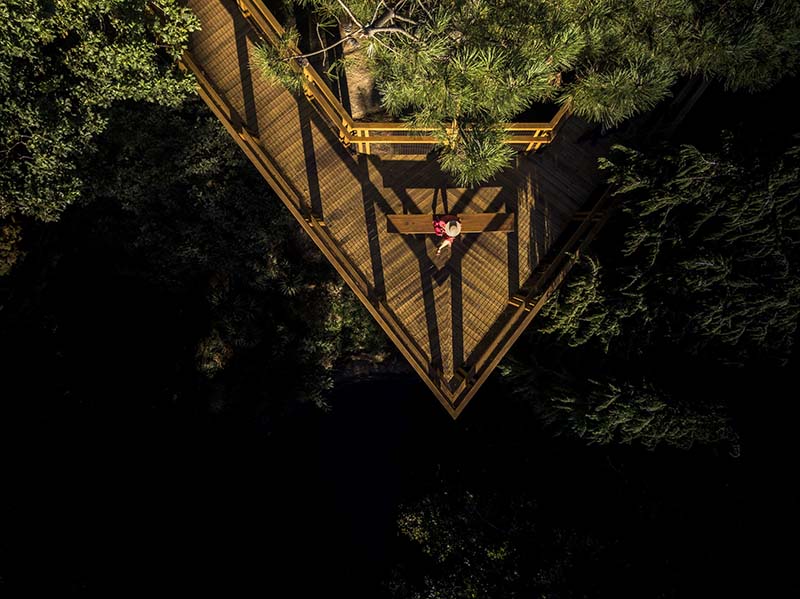
Photos © Fernando Guerra
The Serralves Foundation commissioned the Walkway largely as a didactic tool, with the hope that visitors will learn more about the park’s biodiversity from a unique perspective. For this reason, the architect included an intimate 60-person open-air auditorium along the elevated trail where teachers and staff can give lectures during guided walking tours. In addition, informational signs are posted along the way, offering details on flora and fauna that visitors may observe from these heights.
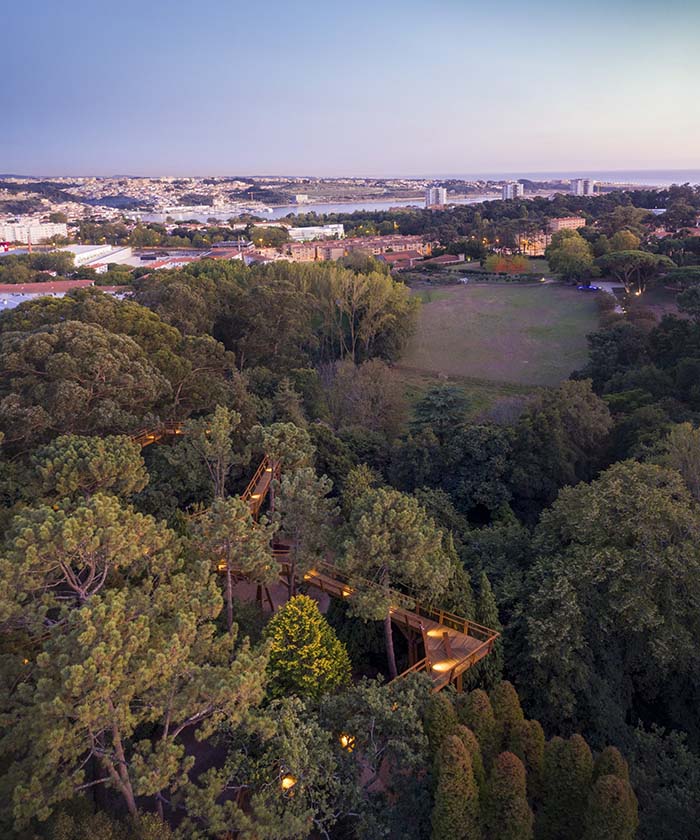
Photos © Fernando Guerra
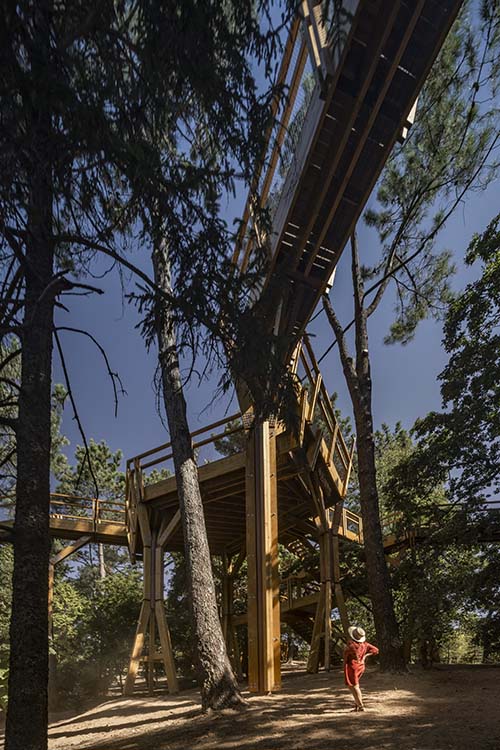
Building the structure without felling any on-site trees, as is mandated at national monuments such as this, was “a surgical operation,” notes Castanheira. “Even with a precise topographic survey, it’s very difficult to have a good perception of all the branches,” he says. Still, the team was able to enhance the visitor experience by deftly weaving this latest element into the existing fabric. “For me, it seems that the Walkway has always been there,” says the architect. “And that was the intention.”



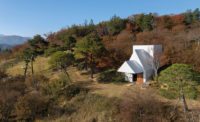
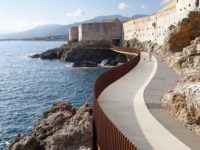
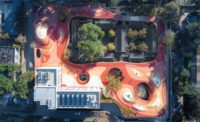
Post a comment to this article
Report Abusive Comment